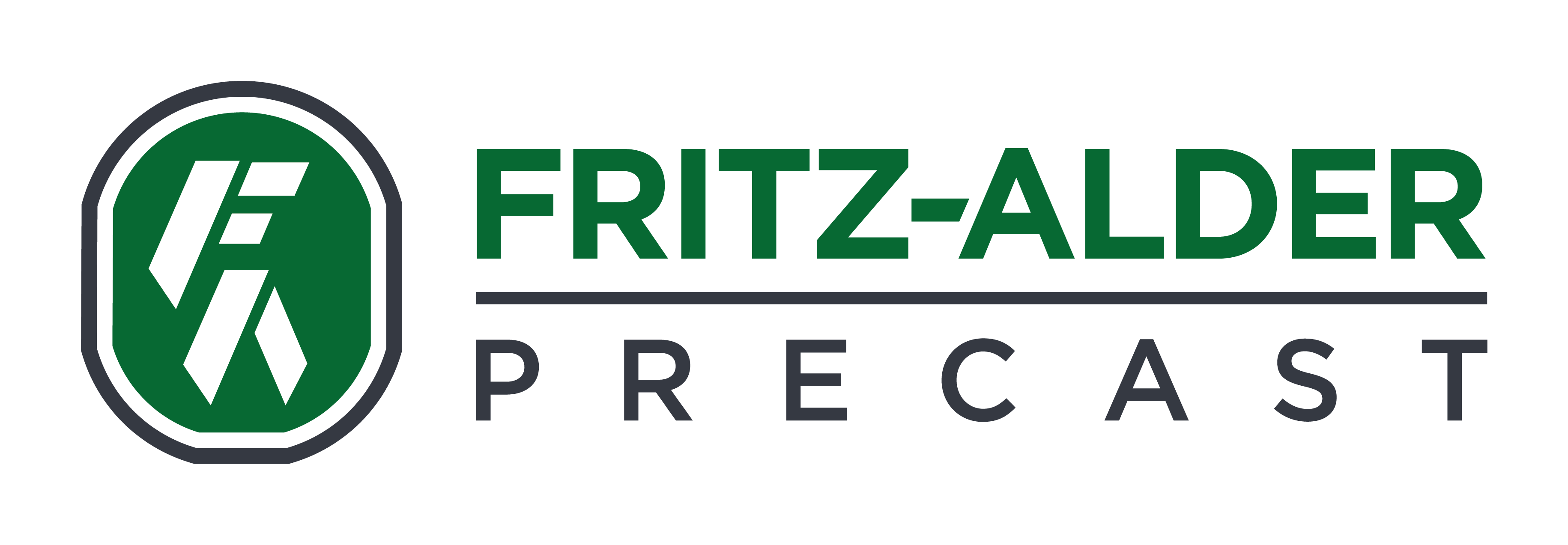Complete Concrete Solutions
COMPLETE PRECAST SOLUTIONS
We believe your project deserves nothing but the best.
That is why Fritz-Alder Precast is your ideal partner for your next construction project.
As a leading provider of precast concrete solutions, we are distinguished by our cutting-edge technology and dedication to customer service. With a strong focus on innovation, we combine advanced technical knowledge and continuous improvement to create unique, value-engineered precast possibilities for your project.
One our core products, used across many construction applications, are Complete Precast Solutions. Also known as Full Precast or Total Precast, Complete Precast is a construction method that involves using precast concrete elements for the entire structural system of a building.
In Complete Precast system, all load-bearing elements of a structure are prefabricated, including walls and floors. This can include all walls, columns, beams, and slabs, which are manufactured off-site in a controlled factory environment, and then transported to the construction site for assembly.
In partnership with Alder Concrete Group, we can offer a one-stop shop from Cast-in-Place footings and foundations to precast structure up to roof caps.
Using the Complete Precast system comes with many benefits which can save your project time and money.
ADVANTAGES OF COMPLETE PRECAST SOLUTIONS
Acquiring all your building components from Fritz-Alder Precast allows our team to design the most cost-effective and efficient solution for your buildings.
Fritz-Alder Precast can provide all the necessary components for your building:
Foundations
Balconies
Columns & Beams
Stairs & Landings
Hollowcore slabs
Wall Panels: Load-bearing, Architectural, Insulated, and Non-insulated
By using one supplier, the precast concrete manufacturer, Fritz-Alder Precast, takes on the responsibility of producing and supplying all the necessary precast elements for the entire building structure.
There are several advantages to using one supplier for all of your project’s concrete needs:
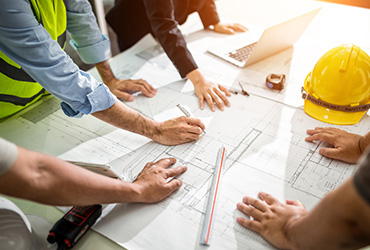
Simplified Coordination: Because you are only working with us, there is a streamlined coordination process throughout the project. We work closely with the design team, architects, and engineers to ensure that all the precast elements are produced according to the specified design requirements. This helps to avoid communication gaps and potential conflicts that could arise when dealing with multiple suppliers.
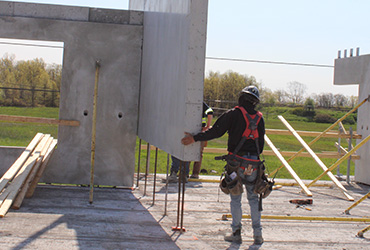
Consistency in Design and Quality: Using our Complete Precast solutions for your entire structure ensures consistency in design and quality across all precast elements. We can ensure the same design standards, manufacturing processes, and quality control measures for all the components in your multi-level building. This consistency helps to maintain uniformity and ensures that the different elements fit together seamlessly during assembly.

Efficient Production and Delivery: If you use our Complete Precast solution, we can optimize the production and delivery processes as well. Fritz-Alder Precast can plan the production schedule and allocate resources efficiently to meet your project timelines. This includes managing the production capacity, scheduling the fabrication of different elements, and coordinating the transportation logistics to ensure timely delivery of the precast elements to the construction site.

Quality Assurance: By having one supplier, quality control measures can be effectively implemented throughout the entire manufacturing process. FA Precast can establish robust quality assurance protocols, including regular inspections, testing of materials, and monitoring of the production procedures. This ensures that all precast elements meet the required standards and specifications, leading to a higher quality product.
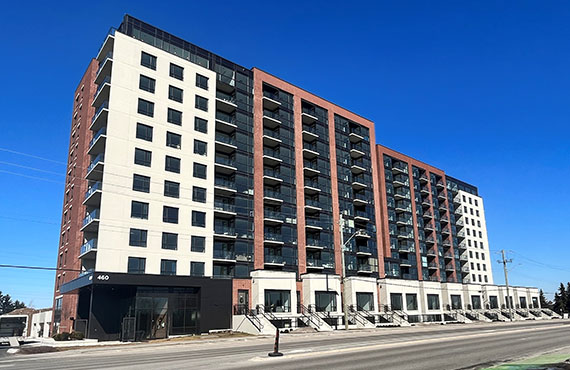
Simplified Warranty and After-Sales Support: Dealing with a single supplier simplifies the warranty and after-sales support process. In case of any issues with the precast elements, there is a clear point of contact to address and resolve the concerns. This reduces the complexities of warranty claims and facilitates efficient resolution of any problems that may arise during or after construction.
Overall, the concept of one supplier for the entire structure in complete precast construction offers advantages in terms of coordination, consistency, efficiency, quality assurance, and post-construction support. It allows for a more integrated and seamless construction process, resulting in a well-coordinated and high-quality building structure.
HOW ARE PRECAST ELEMENTS FABRICATED?
Complete Precast allows for high levels of quality control, as the precast elements are produced under strict conditions with precise measurements and quality checks.
The precast elements are typically made using molds or forms, into which concrete is poured and cured. The elements can be customized to meet the specific design requirements of the building, and they often feature embedded steel reinforcement for added strength.
The fabrication process typically involves the following steps:

Design and Mold Preparation
The design of the precast elements is based on the architectural and structural requirements of the building. Engineers and designers create detailed plans and specifications for each element. This includes determining the size, shape, reinforcement details, and any special features required.
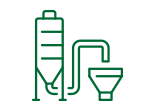
Material Preparation
The next step involves preparing the materials for the concrete mix. High-quality aggregates, cement, water, and additives are measured and mixed in predetermined proportions. The concrete mix is carefully designed to achieve the desired strength, durability, and workability.
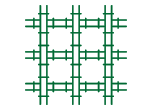
Reinforcement Preparation
If the precast element requires reinforcement, steel bars are placed inside the mold according to the specified design. The reinforcement provides additional strength to the precast element, enabling it to withstand structural loads.
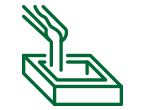
Concrete Casting
The prepared concrete mix is poured into the molds. The concrete is carefully placed and compacted to ensure proper consolidation and elimination of air voids. Fritz-Alder uses the most advanced Shear Compaction technology in our machines to achieve full compaction.

Curing
After casting, the precast elements undergo a curing process. This allows the concrete to gain strength and develop the desired properties. Curing can be achieved through various methods, including steam curing, hot water curing, or traditional air curing. Precise curing conditions are maintained to ensure the proper hydration and strength development of the concrete.

Stripping & Finishing
Once the concrete has achieved sufficient strength, the precast elements are removed from the molds. The elements are then inspected for any surface imperfections and defects. Finishing processes such as sandblasting, acid etching, or applying surface treatments are applied if needed to achieve the desired aesthetic appearance or surface texture.

Quality Control & Testing
Throughout the fabrication process, quality control measures are implemented to ensure that the precast elements meet the specified requirements. Regular testing is conducted on the concrete mix, reinforcement, and finished elements to assess their strength, durability, and dimensional accuracy.
HOW ARE PRECAST ELEMENTS INSTALLED?
Once the precast elements are ready, they are transported to the construction site and assembled using cranes or other heavy machinery. The elements are typically connected using various methods, such as welding, bolting, or using specialized connections designed specifically for precast construction.
The finished precast elements are transported to the construction site using specialized trailers or trucks. At the construction site, cranes or other lifting equipment are used to position and assemble the precast elements according to the building design. The elements are securely connected using various methods, such as welding, bolting, or specialized connectors designed for precast construction.
Complete precast solutions are installed on the job site through a systematic process that involves the following steps:
1. Site Preparation: Before the installation of precast elements, the construction site needs to be prepared accordingly. This includes ensuring a level and stable foundation to support the weight of the precast elements. Any necessary excavations, grading, and soil stabilization are carried out to create a suitable base for the installation.
2. Transportation and Unloading: The precast elements are transported from our precast concrete plant to the construction site using specialized trailers or trucks. Upon arrival, all elements are unloaded using cranes or other lifting equipment. The unloading process requires careful handling to prevent any damage to the precast elements.
3. Positioning and Alignment: The precast elements are positioned and aligned according to the design specifications and layout plans. Cranes or lifting equipment are used to hoist the elements into place. The elements are carefully maneuvered and adjusted to ensure proper alignment and fit with adjacent elements. Temporary supports or bracing may be used to hold the elements in position during the installation process.
4. Connection and Fastening: Once the precast elements are properly positioned, the process of connecting and fastening them together begins. Various methods are employed depending on the specific design and engineering requirements. This may involve welding, bolting, or using specialized connectors designed for precast construction. The connections are secured to ensure structural stability and integrity.
5. Grouting and Finishing: After the precast elements are connected, the gaps between them are filled with grout or mortar to provide additional strength and stability. The grouting process ensures a solid and monolithic structure by eliminating any voids or gaps between the precast elements. Additionally, any required finishing touches, such as applying sealants or coatings, are carried out to achieve the desired aesthetic appearance and protect the precast elements.
6. Integration of Services: During our precast construction process, provisions for utilities and services are typically integrated into the precast elements during the manufacturing process. This includes embedding conduits, electrical wiring, plumbing, and other necessary infrastructure within the precast elements. On-site, the connections for utilities are made, and the necessary hookups and installations are completed to ensure the functionality of the building’s services.
7. Quality Control and Inspection: Throughout the installation process, quality control measures are implemented to ensure that the precast elements are installed correctly and meet the required standards.

BENEFITS OF CHOOSING COMPLETE PRECAST SOLUTIONS
Complete precast solutions offer several advantages, including faster construction times, reduced labor requirements, improved quality control, and enhanced durability:
- Faster Construction Times: Complete precast construction significantly reduces the overall construction time compared to traditional construction methods. Since the precast elements are manufactured off-site in a controlled factory environment, construction activities can proceed simultaneously at the construction site. This parallel construction process, known as “off-site fabrication and on-site assembly,” allows for faster completion of the project.
- Reduced Labour Requirements: Complete precast construction minimizes the labour requirements at the construction site. Most of the work, including the fabrication of precast elements, is carried out in the precast plant. This reduces the need for extensive on-site labour, as the precast elements can be quickly installed and assembled using cranes or other machinery. It streamlines the construction process and optimizes labour utilization.
- Improved Quality Control: Complete precast construction offers enhanced quality control compared to traditional on-site construction methods. In a precast plant, the production of elements occurs under controlled conditions, allowing for better monitoring and quality assurance. Precast manufacturers adhere to strict quality control measures, ensuring that the precast elements meet precise specifications and design requirements. This reduces the risk of construction defects and improves the overall quality of the building.
- Enhanced Durability: Precast concrete elements used in complete precast construction offer high durability and resilience. The precast elements are manufactured using high-strength concrete and are often reinforced with embedded steel bars or fibers. This combination results in a robust and durable structure that can withstand various environmental factors, including severe weather conditions, earthquakes, and fire. Precast concrete also has excellent resistance to moisture, corrosion, and deterioration, ensuring the long-term durability of the building.
- Design Flexibility and Customization: Complete precast construction provides design flexibility and customization options. Precast elements can be manufactured in various shapes, sizes, and finishes to meet specific architectural and structural requirements. The molds used in the precast plant allow for intricate detailing and unique designs. This versatility in design allows architects and engineers to create aesthetically pleasing structures.
- Sustainability and Reduced Environmental Impact: Complete precast construction aligns with sustainable building practices. The off-site manufacturing of precast elements reduces material waste at the construction site. Precise manufacturing in a controlled environment also optimizes the use of materials, minimizing the overall carbon footprint of the construction process. Additionally, the durability of precast concrete structures results in reduced maintenance and replacement needs, leading to long-term sustainability.
